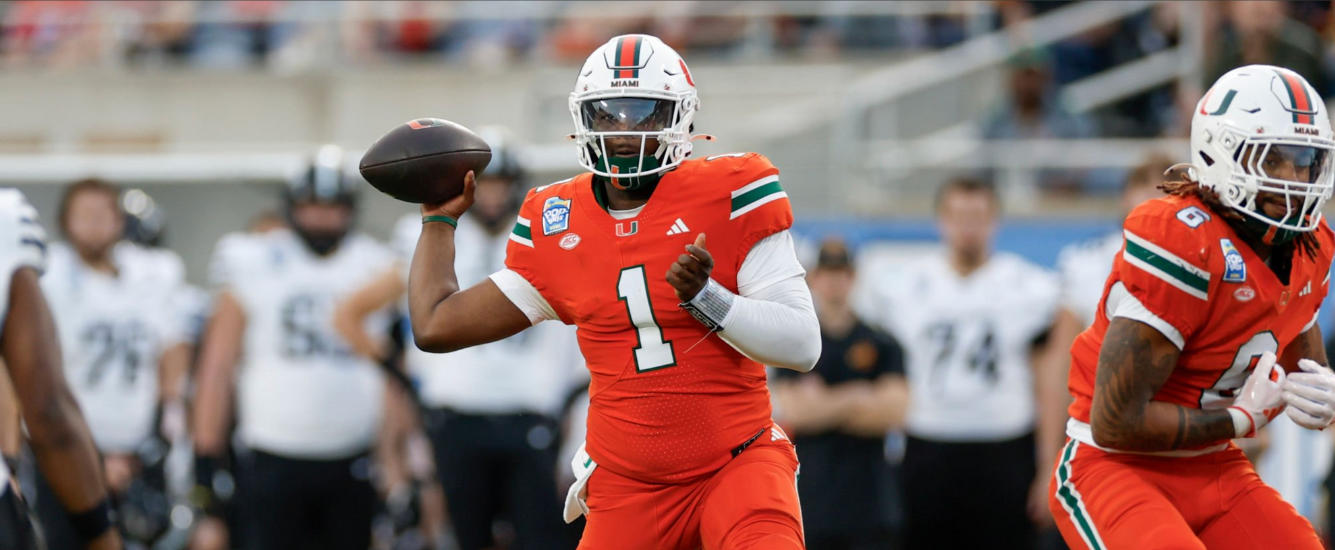Michael Dubner reveals the mental frameworks that make him a successful Fantasy Football player and will take you from sacko to champion.
The NFL offseason provides us with time to reflect. We have the luxury of time to take a birds-eye view and refine our process. Here we’ll be stepping away from the fantasy football sleepers, busts, and start-sit decisions for a minute to focus on the mental frameworks that can take our fantasy football game to a new level. These are the four rules I follow to enhance my fantasy football decision-making process.
Mental Framework No. 1: Supply and Demand
At its core, fantasy football is about scoring more points than our opponents by maximizing points in our starting rosters. Rosters have positional requirements, and there is a limited player pool at our disposal. This creates a supply and demand phenomenon.
Supply and Demand – Quarterbacks
By now, the most well-known application of supply and demand is JJ Zachariason’s Late Round Quarterback strategy. More recently, RotoViz’s Shawn Siegele found that we should modify the QB strategy in best ball leagues.
Supply and Demand – Elite Running Backs
While supply and demand is fairly straightforward at the quarterback position, it is much more complicated with running backs. The dichotomy of RBs being prized possession with short shelf lives becomes even more apparent in the context of dynasty leagues where we have a longer time horizon we must keep in mind. Patrick Kerrane’s Dynasty Market Trends series reveals that peak value RBs have been the most expensive assets in dynasty fantasy football.
Supply and Demand – The Running Back Story Continued
We can’t just stop with the elite RBs though, as the supply and demand story gets even more interesting when we look at the second-tier of RBs.
Since every fantasy football owner is desperate to draft an elite-RB, lower-tiered RBs get pushed up the draft board. Last year Jack Miller questioned Why are we drafting running backs in Rounds 3-6 when we can get nearly identical production in Rounds 7-10?
Jack wrote that article in July before the 2019 season. Then the fantasy gods gave Jack the evidence that puts the nail in the coffin. Despite everything going perfectly right for 2019 RBs drafted in Rounds 3 through 6 (the so-called “dead zone”), scoring 29.2% more fantasy points than the previous four years, they still somehow managed to have a below-average win rate.
We still see 2020 ADP has not accounted for this edge in avoiding the RB “dead zone” – the range where the price does not justify the win rates and points scored by these RBs. 2020 FFPC ADP shows the RB32 is coming off the board before the end of the 6th Round, ahead of their ADPs the previous two seasons.[1]In 2019 the RB30 was pick 72. In 2018 the RB31 was pick 73.

Demand for elite RBs is clearly higher than the supply. But drafters have still not figured out that the fantasy industry overvalues RBs in the “dead zone.”
Mental Framework No. 2: Think in Terms of a Range of Outcomes
Footnotes[+]Footnotes[−]
| ↑1 | In 2019 the RB30 was pick 72. In 2018 the RB31 was pick 73. |
|---|














